With the weather bordering on freezing, most outdoor activities are off limits to your family (especially if you’re not a skiing or snowboarding bunch). Here are 5 kid-friendly indoor destinations, excerpted from the newly revised 1000 Places to See in the United States & Canada Before You Die, that are guaranteed to provide hours of entertainment and a much-needed respite from the cold.
1. Royal Tyrrell Museum
DRUMHELLER, ALBERTA, CANADA
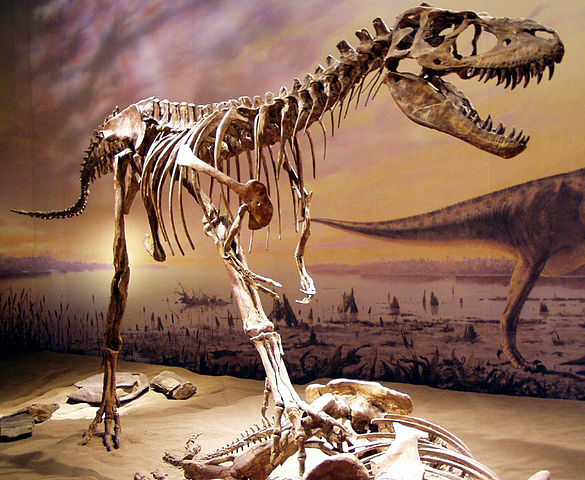
The Royal Tyrrell Museum, with one of the world’s most extensive collections of dinosaur fossils and exhibits on prehistoric life, stands amid eastern Alberta’s Red Deer River badlands, a haunting landscape of dun-colored buttes and prairies that were once at the swampy, prehistoric crossroads of Cretaceous Era life. Some 65 to 70 million years ago, eastern Alberta lay at the verge of vast inland seas where countless creatures swam the shallow waters or stalked the coastal plains and marshes, following life’s eat-and-be-eaten cycle. Over millions of years, plant and animal remains were deposited in sediments and preserved as coal and fossils. Fast-forward several millennia, when 19th-century geologists began to explore Alberta’s prairies for coal deposits. They found much more than just coal: They also discovered some of the world’s best dinosaur fossil beds.
The modern, high-tech Royal Tyrrell Museum is far more than a dusty collection of skeletons. It brings dinosaurs back to life through innovative exhibits and hands-on displays that will fascinate anyone interested in natural history. The museum’s main gallery, a vast 47,000-square-foot showcase, displays dozens of reassembled dinosaurs, some emerging from the rock in which they were found, many others posed in lifelike dioramas depicting the natural environment of their time along with marine and flying reptiles. Interspersed with the fossils are computerized exhibits that explain natural selection, climate change, and extinction—the entire story of life on earth is retold in the museum. You can also watch technicians at work in a laboratory preparing fossils and visit the Cretaceous Garden, featuring 600 species of living plants similar to those that existed in the Red Deer valley 72 million years ago.
2. Circus World Museum
BARABOO, WISCONSIN, U.S.A.
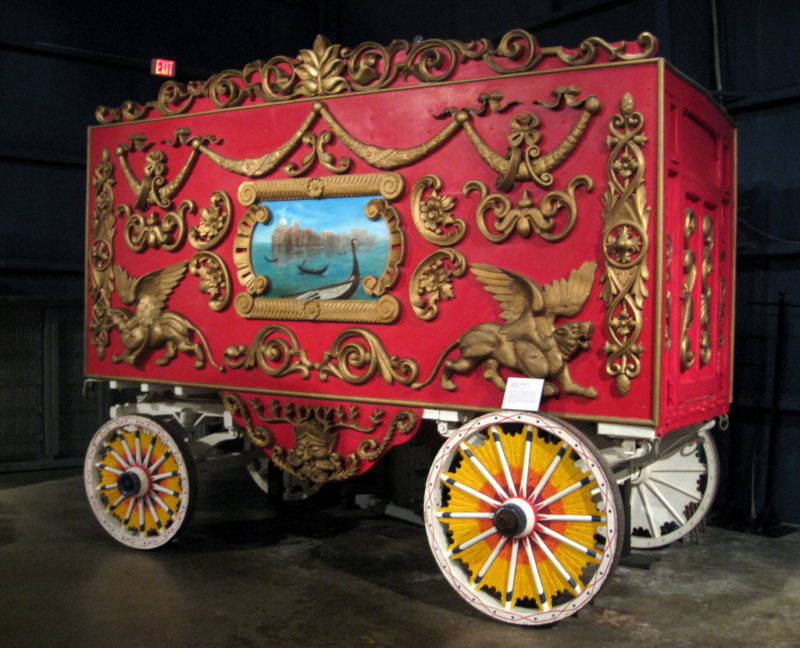
In 1884, five enterprising brothers named Ringling turned their back on the family farm, founded a circus, and took their show on the road. Eventually, they grew big enough to buy out even Barnum & Bailey, and brought the headquarters of the “Greatest Show on Earth” home to this quiet dairy-farming community in south-central Wisconsin. Baraboo served as the base for the Ringling Bros. Circus until 1918, when the troupe moved on to warmer digs in Florida. Today the original site celebrates the Ringling legacy—and more than two dozen other circuses that had their origins here—at the Circus World Museum, operated by the Wisconsin State Historical Society. Throughout the summer, a bona fide three-ring circus springs to life in all its frenzied glory under the museum’s Big Top, with clowns, elephants, aerialists, tigers, jugglers, magic shows, steam calliopes, and a master of ceremonies presiding over it all in his booming baritone. It’s a spectacle that delights older folks with its authenticity and young kids with its audience participation and pure sensory overload.
Circus shows are just one piece of this 64-acre complex, however. The museum itself is home to a grand collection of memorabilia, including more than 200 circus parade wagons and vehicles—easily the largest and most extensive collection anywhere in the world. Visitors can watch skilled workers repair, restore, and repaint the vintage wagons at the museum’s Chappie Fox Wagon Restoration Center. Behind the scenes, the museum’s Parkinson Library and Research Center is the world’s foremost archive of circus history, preserving artifacts such as circus business records, handbills, rare photographs, and posters, all available for circus enthusiasts and scholars.
3. Museum Campus
CHICAGO, ILLINOIS, U.S.A.
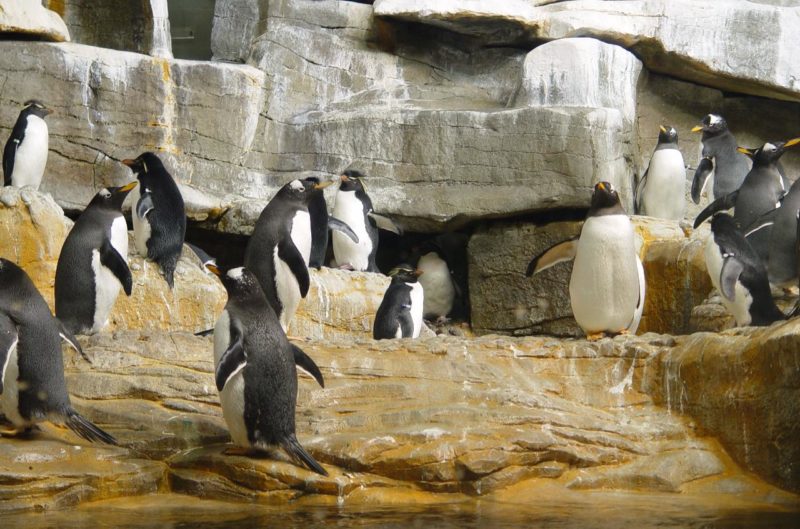
The 57-acre Museum Campus, one of Chicago’s newest lakefront attractions, unites three of the city’s oldest institutions. Located at the southern edge of Grant Park, it opened in 1998 after the city rerouted the northbound lanes of heavily trafficked Lake Shore Drive and replaced the asphalt with terraced gardens and broad walkways connecting the Shedd Aquarium, the Adler Planetarium, and the Field Museum.
Opened in 1930 thanks to the munificence of John G. Shedd, the stock clerk who became president of Marshall Field and Co., the Shedd is one of the oldest aquariums in the world and is the second largest indoor aquarium in the U.S. after the one in Atlanta (see here). The extensive facility is home to 32,000 animals—over a million, the staff will tell you, if you count all those tiny coral polyps. They come in a dizzying variety, with sharks and rays, frogfish and parrotfish, and an octogenarian Australian lungfish named “Granddad,” the oldest fish in any aquarium anywhere and on display since 1933. Among the more recent additions are the Abbott Oceanarium, with its belugas, sea otters, and other mammals, and the Wild Reef’s 26 interconnected habitats, including a diver’s-eye view of more than 20 sharks through 12-foot-high curved windows.
At the end of a long jetty east of the aquarium, Adler Planetarium offers explorations of the heavens in the state-of-the-art virtual-reality Grainger Sky Theater. Built in 1930 as the first modern planetarium in the Western Hemisphere by Max Adler, another philanthropist who made his fortune in retail, it is also home to one of the world’s finest collections of scientific instruments, rare books, and maps. At certain times of the year the Adler gives the public the chance to view planets and lunar eclipses through telescopes set up on the grounds.
Established in 1893, the Field Museum was funded by Marshall Field, founder of Chicago’s legendary department store. The museum’s encyclopedic collection covers subjects as wide-ranging as evolution, ancient Egyptian funerary customs, and Plains Indian life, but the most famous of its holdings is Sue, the world’s biggest and best-preserved Tyrannosaurus rex.
Recharge with a leisurely lake cruise in summer (cruises board near the aquarium) or a Bears game during football season (Soldier Field is just to the south). It won’t be long before the projected 2020 completion of the Lucas Museum of Narrative Arts, endowed and built by film creator and director George Lucas. It will be the most recent addition to the waterfront.
4. Johnson Space Center
CLEAR LAKE, TEXAS, U.S.A
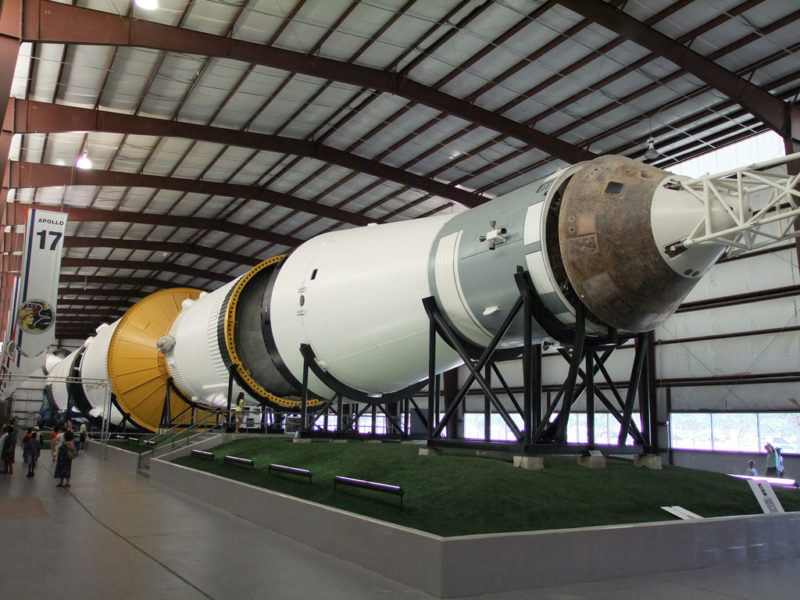
On July 20, 1969, when Neil Armstrong touched down on the moon and uttered some of the most famous words of the 20th century—“Houston, Tranquility Base here. The Eagle has landed”—the people on the receiving end of that call were right here at NASA’s Johnson Space Center. Named for native son President Lyndon B. Johnson and opened in 1961, the center is the site of Mission Control, the iconic earthbound tether of all U.S. manned missions. It’s where the first astronauts were quarantined after returning from the moon, where the first moon rocks brought back to Earth are stored, and where many of the great technological artifacts left from the first decades of America’s space program have found a home.
The official visitor site at Johnson Space Center, Space Center Houston employs dozens of state-of-the-art exhibits, hands-on activities, and films to help you explore the legend and lore of the great beyond. The five-story screen of the Space Center Theater shows the film Journey to Space while the Blast-Off ! Theater offers visitors a simulation of a real space launch. On the NASA Tram Tour, you’ll visit Mission Control itself, plus Rocket Park, home to rockets used in the earliest days of the space program. In the Astronaut Gallery you can see an astounding collection of space suits, while Living in Space illustrates the complications of living in a microgravity setting, with volunteers helping to show how even eating or sleeping in space poses challenges. Fascinating to both kids and parents, Space Center Houston is a true family attraction.
5. Museum of the Rockies
BOZEMAN, MONTANA, U.S.A.
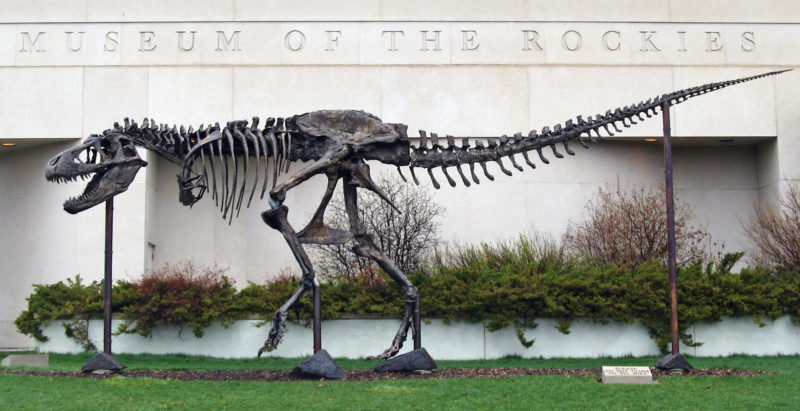
With a population of 37,000, Bozeman vacillates between being a small town and a jewel of Western sophistication. The downtown’s historic redbrick storefronts are filled with galleries, fine restaurants, and a slew of hip hangouts that can’t quite decide if they are coffee shops, bakeries, or wine bars. The city’s youthful energy is explained in part by the presence of Montana State University’s 15,000 students and by Bozeman’s stunning, big-as-all-outdoors location in the forested Gallatin Valley surrounded by the peaks of the Bridger and Gallatin ranges—all reasons that Bozeman is commonly considered one of the country’s “Most liveable places.” The town has long drawn legions of tanned, fit adventurers who enjoy hiking, mountain biking, and fishing right out the backdoor.
The Museum of the Rockies, located on the university campus, is known worldwide for its vast collection of dinosaur fossils, most of which were excavated by the museum’s own expeditions to Montana fossil beds and are now displayed in the Siebel Dinosaur Complex, designed by world-renowned paleontologist and adviser to the Jurassic Park films, Dr. Jack Horner. (Montana may never be considered the epicenter of modern life, but about 65 to 70 million years ago, during the late Cretaceous period, it was a happening place.) Almost as popular as the dinosaurs are the museum’s planetarium, an excellent exhibit on the native peoples of the northern Rockies and Plains, plus displays on Montana’s pioneer exploration and settlement, including an 11-acre Living History Farm that re-creates a rustic prairie homestead from the early 1900s.

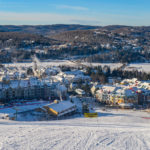
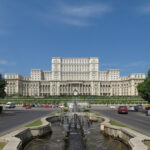


No Comments